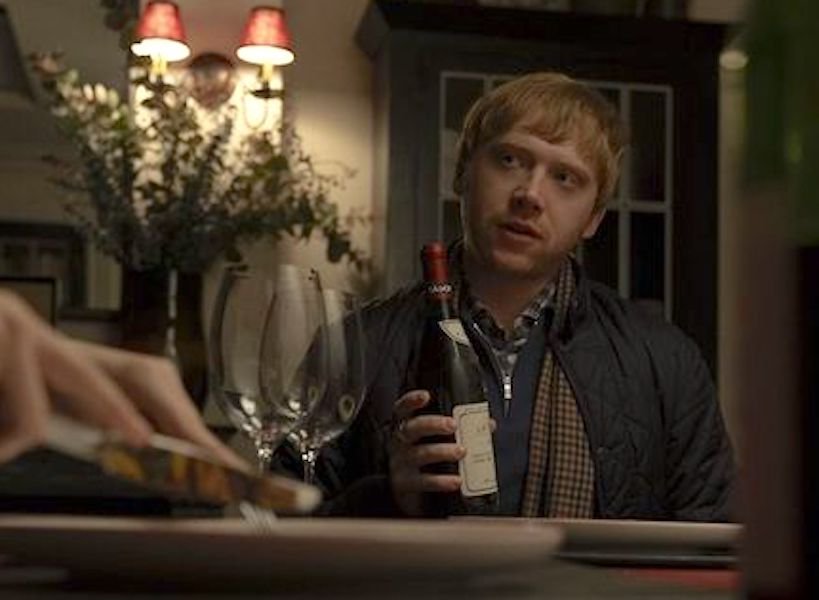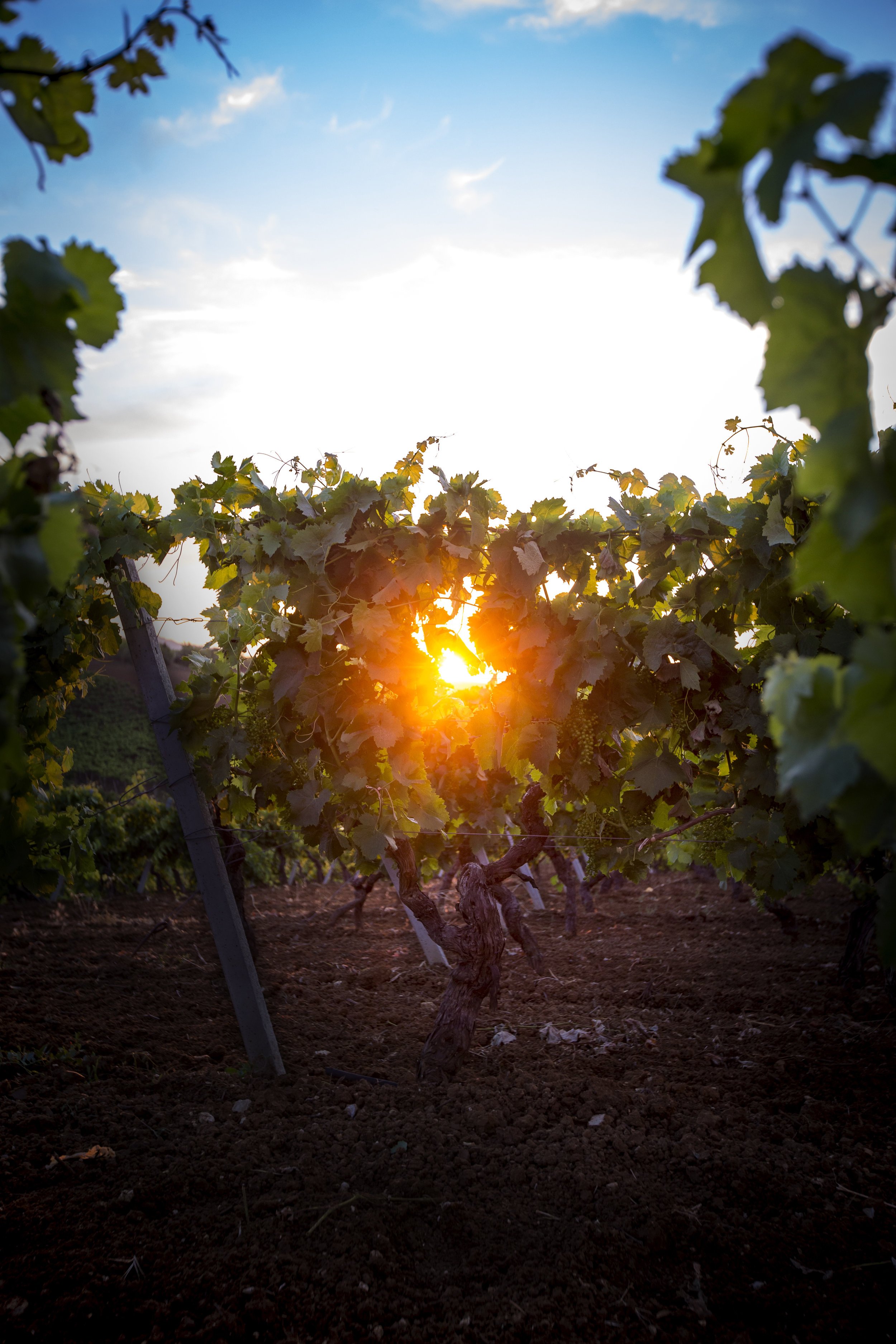I can clearly remember the first few weeks of my retail return at the start of 2021 because I was struck by what was—at that time—a rather odd lack of enthusiasm from a popular distillery as it pertained to marketing.
After three years away, I was blogging again, looking for stories to tell, and there was an exciting tale waiting to be told. After years of selling Indiana-distilled MGP Bourbon, one very popular distillery was crossing over into its own aged, in-house distillate.
“Let’s do a blog!” I texted the producer; “People are going to want to know about this because it’s a big deal.”
“Yeah, it’s definitely something we don’t do a good job explaining,” the producer responded. Two weeks later, he wasn’t responding to any of my texts or emails about writing the piece. It was baffling. Why wouldn’t a distiller want the public to know that his distillery was finally distilling its own juice, rather than selling the exact same MGP-distilled whiskey that literally hundreds and hundreds of other labels also sell?
But after more than a year of pandemic retail, I now know exactly why this distiller was shying away from that participating in that blog: today’s whiskey consumers are no longer interested in trying new whiskies. They want the old stuff; the whiskey they’re already familiar with. Even if it’s a new label, they want to know the whiskey was distilled somewhere familiar.
Yes, there are still plenty of new whiskies coming to market, but the enthusiasm for those products is less and less each time. New distillates are for sampling at a bar or at a friend’s house, not for purchasing an entire 750ml bottle. If consumers are going to spend their hard-earned dollars on a full size container, it’s going to be from a tried and true whiskey source.
Whiskey drinkers aren’t alone in this phenomenon, either.
Ted Gioia wrote a highly-interesting article for The Atlantic last month about how old music now outsells new music. Three key data points from the piece:
The best-selling physical format in music is the vinyl LP, which is more than 70 years old. I’ve seen no signs that the record labels are investing in a newer, better alternative—because, here too, old is viewed as superior to new.
Record labels—once a source of innovation in consumer products—don’t spend any money on research and development to revitalize their business, although every other industry looks to innovation for growth and consumer excitement.
Record stores are caught up in the same time warp. In an earlier era, they aggressively marketed new music, but now they make more money from vinyl reissues and used LPs.
Sounds a lot like the booze business where…
The best-selling whiskey brands are the most rustic and old fashioned.
Global drinks companies are happy to put the same whiskey into a different cask each year and call it “innovation”
Retailers simply wait around for private barrels and limited, allocated releases to make their money, rather than actually market new and interesting brands.
The one line that really hit home, however, was this:
Never before in history have new tracks attained hit status while generating so little cultural impact. Success was always short-lived in the music business, but now even new songs that become bona fide hits can pass unnoticed by much of the population.
It’s no different with whiskey. You can have a hugely-successful whiskey today by selling thousands and thousands of whiskey drinkers one bottle each. However, when it comes time to sell them the second bottle, the moment has already passed. Fewer and fewer consumers are buying new whiskies more than once, just like fewer and fewer people are listening to new songs on repeat.
New songs are for streaming in the background on Spotify; you only spend money on the old records you already know.
Ask a whiskey drinker why they’re not interested in new whiskey and they’ll tell you: “The new stuff isn’t as good as the old stuff.”
Music fans say the same thing.
Gioia writes:
I can understand the frustrations of music lovers who get no satisfaction from current mainstream songs, though they try and they try. I also lament the lack of imagination on many modern hits. But I disagree with my Boomer friends’ larger verdict. I listen to two to three hours of new music every day, and I know that plenty of exceptional young musicians are out there trying to make it. They exist. But the music industry has lost its ability to discover and nurture their talents.
We’re experiencing a similar situation in the wine and spirits industry. With so many new products hitting the market, and the endless expansion of brand spinoffs and label re-issues, the system has lost its capacity to successfully nurture new brands. As a result, most retailers have lost their willingness (and their effectiveness) to work towards building those brands. It’s easier to invite a celebrity into the store to sign bottles of their latest venture than it is to excite customers about quality booze.
It’s hard to believe that just a few years ago customers were still jazzed about discovering a new micro-distillery and being on the cutting edge of what’s new. Back then, MGP-distilled Bourbon was about the most boring thing you could sell. Yet, today, it’s one of the most popular distillates on the market.
So why spend hours and hours trying to convince those customers that a local new distillery is making a great whiskey, when you can make thousands and thousands of dollars in seconds with an email about a new MGP single barrel?
It’s a pickle. Or rather, a vicious circle.
-David Driscoll









